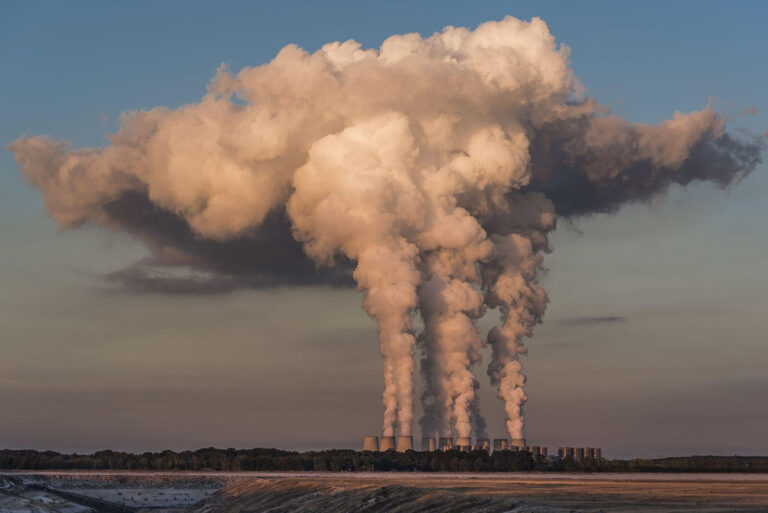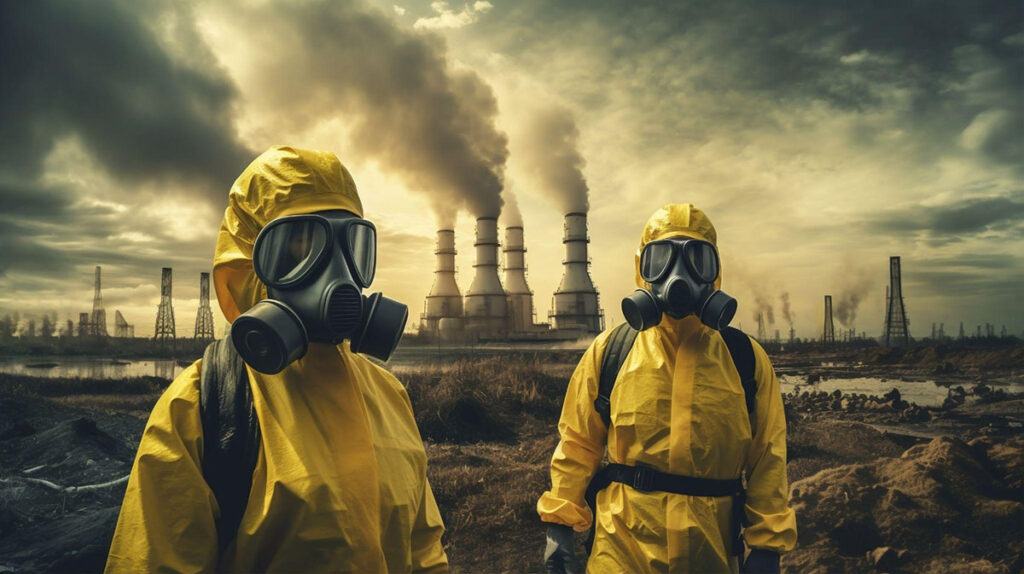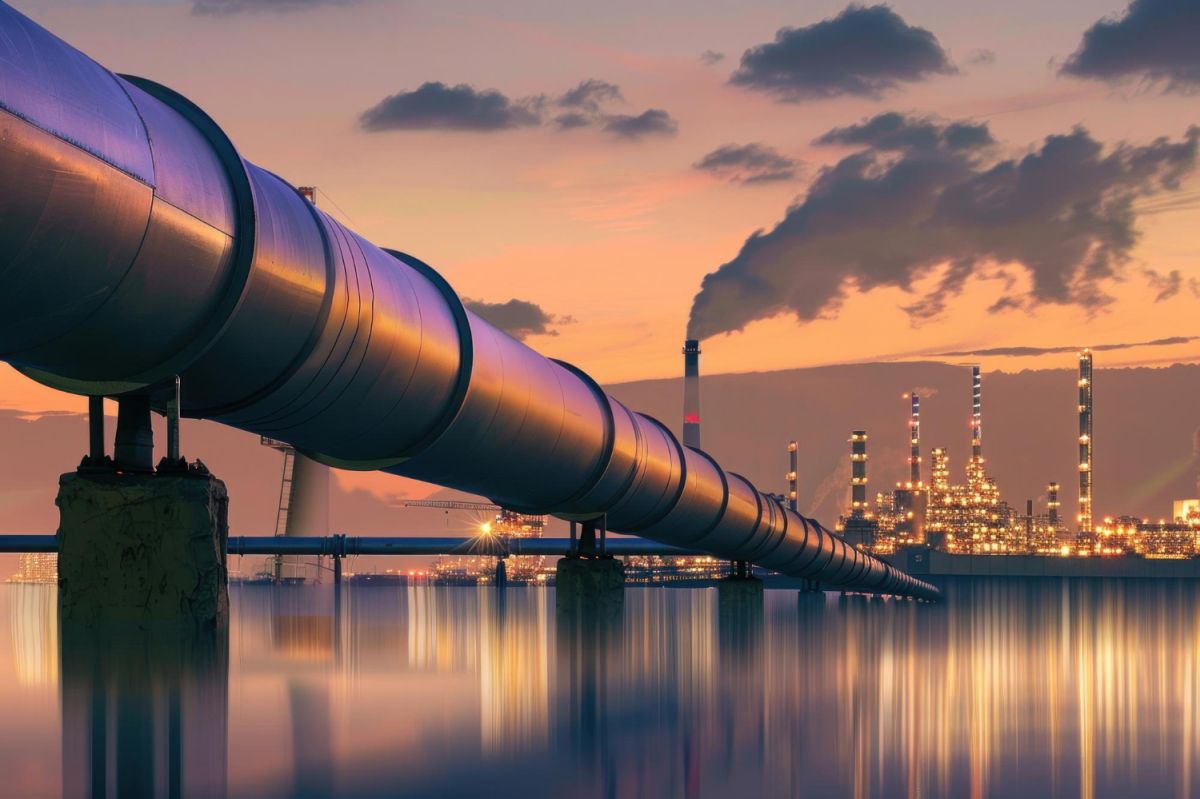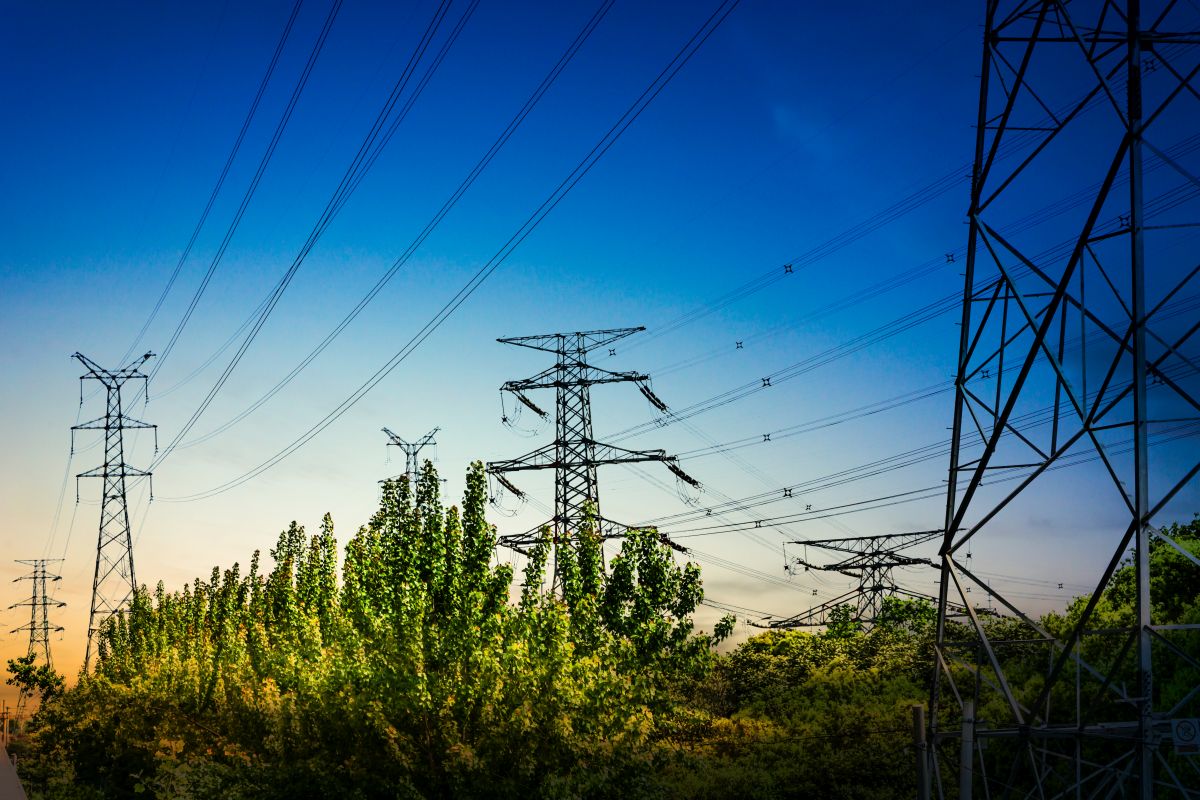The management and disposal of nuclear waste in the US remain significant challenges, despite advanced nuclear technology and extensive experience. As of 2023, the US is grappling with growing stockpiles of various types of nuclear waste, legislative hurdles, and evolving strategies for long-term disposal, including the absence of a geological repository.
High-Level Radioactive Waste: A Pressing Concern
The most hazardous category of nuclear waste in the US is high-level waste, primarily spent nuclear fuel from commercial power plants. Currently, the US has accumulated over 85,000 metric tons of this waste, increasing annually by about 2,000 metric tons. With no permanent geological repository available, this waste is temporarily stored at various plant sites. The risks associated with nuclear waste transport, including potential accidents, make this a pressing issue.
Transuranic Waste: A Hidden Challenge
Transuranic waste, mainly from defense-related activities and contaminated with elements heavier than uranium, poses another challenge. The Waste Isolation Pilot Plant near Carlsbad, New Mexico, currently serves as the only deep geological repository for this type of waste. Expanding this facility to accommodate all defense-related transuranic waste is a formidable task, highlighting the complex nature of nuclear waste management in the US.
Low-Level Waste: The Often Overlooked Issue

Low-level waste, produced from civilian and defense activities, decays more rapidly than other types. However, its management, especially that of greater-than-class C waste, is problematic due to the lack of a legal disposal pathway. This underlines the need for comprehensive strategies to handle all forms of nuclear waste, including low-level and transuranic waste.
Department of Energy’s Strategic Initiatives
The Department of Energy (DOE) is leading the management of these wastes, including approximately 90 million gallons of radioactive waste from the nation’s nuclear weapons program. Sites like Hanford, Idaho, and Savannah River are potential sources of radioactive materials. The DOE’s Office of Environmental Management (EM) is tasked with cleaning up legacy waste but faces challenges, including developing innovative treatment and disposal methods for low-activity waste.
Innovations in Workforce and Technology
To address these challenges, the DOE-EM is enhancing its workforce and embracing new technologies. A planned 10% workforce increase and a 10-year program are underway. Innovations, such as the Regulatory Center of Excellence at the Savannah River National Laboratory, are expected to provide strategic solutions for DOE site challenges, including addressing nuclear waste warning messages.
The Yucca Mountain Dilemma and Global Perspectives
The Yucca Mountain Nuclear Waste Repository project in Nevada exemplifies the political and logistical hurdles in US nuclear waste policy. Originally intended as the site for America’s nuclear waste, the project was defunded and halted in 2010. This situation contrasts with international efforts like Japan’s nuclear wastewater handling.
Navigating the Path Ahead
While significant strides have been made, especially through the DOE, in addressing the nuclear waste challenge, much remains to be done. The complexity and volume of waste types, coupled with the need for a permanent disposal solution for high-level waste, are critical issues that require ongoing attention. Innovations in technology, strategic partnerships, and an enhanced workforce are key to managing this growing concern effectively.
Disclaimer: Any opinions expressed in this blog do not necessarily reflect the opinions of Certrec. This content is meant for informational purposes only.

















